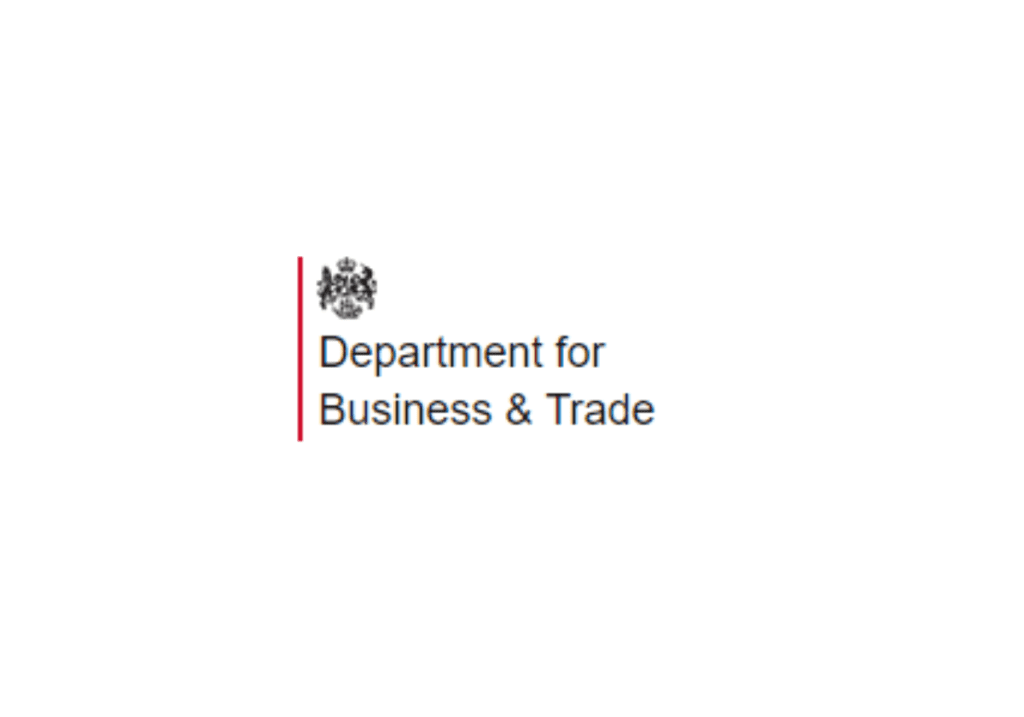
Strike laws to be passed to protect vital public services over Christmas
- TEAM News
-
Nov 07
- Share post

Press Release from Prime Minister's Office, 10 Downing Street, The Rt Hon Steve Barclay MP, The Rt Hon Rishi Sunak MP, The Rt Hon Suella Braverman KC MP, and The Rt Hon Mark Harper MP
Minimum service level regulations for rail workers, ambulance staff and border security staff will be laid in parliament to mitigate disruption and ensure vital public services continue if strikes are called, the government has announced today (Monday 6 November).
- Minimum Service Levels legislation will be passed for rail, ambulance, and border security staff to mitigate disruption if strikes called.
- Delivers on manifesto commitment to introduce minimum service levels for rail strikes.
- Comes ahead of further consultations to introduce minimum service levels for education, other NHS staff, and fire services.
Minimum service level regulations for rail workers, ambulance staff and border security staff will be laid in parliament to mitigate disruption and ensure vital public services continue if strikes are called, the government has announced today (Monday 6 November).
The legislation brings us in line with countries like France, Italy, Spain, and the US where public services reliably continue during strikes. The International Labour Organisation also recognises Minimum Service Levels as a sensible solution to protect the public from serious consequences of strikes.
The minimum service levels are designed to be effective and proportionate by balancing the ability to take strike action with ensuring we can keep our borders secure, supporting people to make important journeys including accessing work, education, and healthcare, and allowing people to get the emergency care they need.
Earlier this year, the government consulted widely on proposals to introduce minimum service levels legislation across a range of sectors, under the Strikes (Minimum Service Levels) Act which received Royal Assent in July. The responses to these consultations have been published today with the legislation set to be laid in parliament tomorrow.
For border security, the regulations will apply to employees of Border Force and selected HM Passport Office staff where passport services are required for the purposes of national security. The laws will set out that border security services should be provided at a level that means that they are no less effective than if a strike were not taking place. It will also ensure all ports and airports remain open on a strike.
For train operators, it will mean the equivalent of 40% of their normal timetable can operate as normal and, in the case of strikes that affect rail infrastructure services, certain priority routes can remain open.
Minimum service level regulations for ambulance workers will ensure that vital ambulance services in England will continue throughout any strike action, ensuring that cases that are life-threatening, or where there is no reasonable clinical alternative to an ambulance response, are responded to.